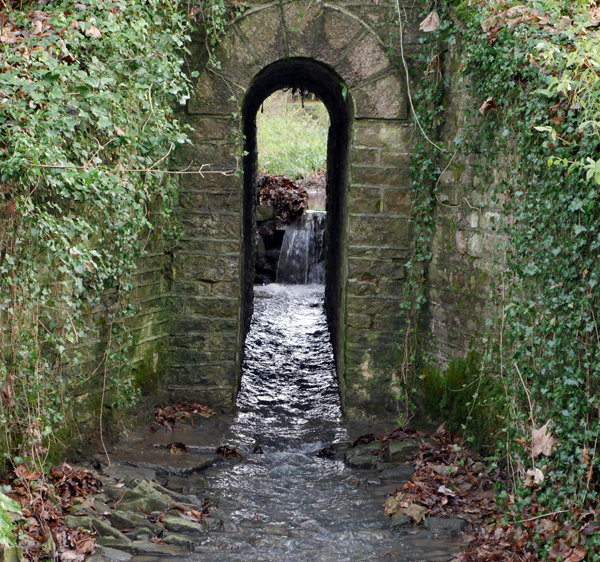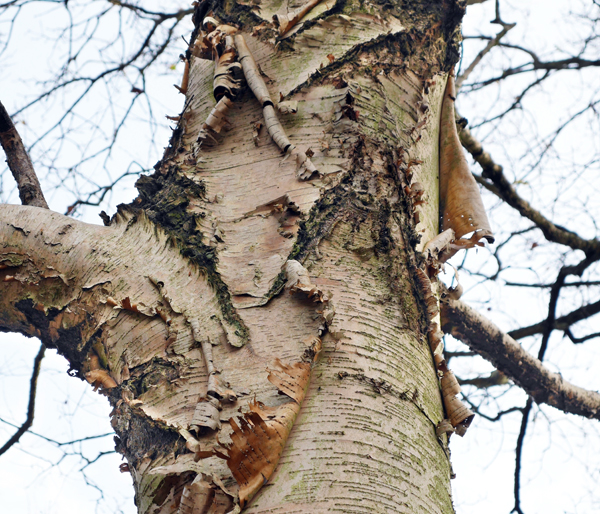If you go down to the woods today …….

Anything can happen in the woods. There’s something uniquely primal and mysterious about being surrounded by ancient trees, dense undergrowth and hidden, scurrying wildlife – a sense of freedom and disorder that we’ve pretty much lost in our neatly sterile towns and parks. But how often do we actually make the effort to go into the woods, to leave the order behind and lose ourselves under the beautiful, chaotic, living canopies? How many of us even know where our nearest woodland area is?
As a child growing up, the local wood was a second home, a playground and a school all in one. My friends and I would spend whole days climbing trees, jumping in the streams, building forts with fallen branches and letting our imaginations run riot. We experienced the seasons up close, learned which plants would sting and which would shelter, and gave our parents their fair share of worries when we didn’t come home on time. For us, the wood was magical, it was free and it was just unsafe enough to make it properly fun.
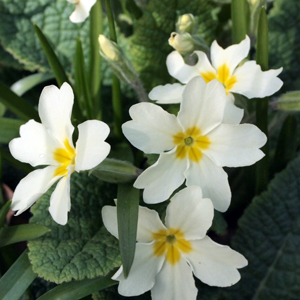 But as I got older I went back less and less; the bustling towns and cities beckoned and I finally left the woods behind. As adults, we have little time and fewer opportunities to enjoy forests – and when we do visit them it is always as passive observers following prescribed paths from one car park to another. This is sad, but it’s just the way is. Or so I thought.
But as I got older I went back less and less; the bustling towns and cities beckoned and I finally left the woods behind. As adults, we have little time and fewer opportunities to enjoy forests – and when we do visit them it is always as passive observers following prescribed paths from one car park to another. This is sad, but it’s just the way is. Or so I thought.
A couple of years ago, while in the process of setting up a woodland events business in Bristol, I met an entrepreneur, Angus. We visited a few pieces of land where he would later invite me to hold woodland camping events, and got talking about a new piece of woodland that he had bought, an abandoned arboretum with a colourful history just outside Bristol.
The arboretum had once been part of the sprawling pleasure grounds of the Tortworth estate (I’ll write more on the history of the estate in a future post). The wood had belonged to the government until recently, and had been neglected. But underneath the brambles and ivy, he told me, was one of England’s finest private arboreta just waiting to be uncovered and put to good use. He just needed someone with the vision and the time to start the project.
In an instant, all my childhood memories of playing in the woods collided with my more grown up ambitions of charitable community engagement. I have long believed that natural surroundings are far more conducive to fostering self esteem, teamwork and rehabilitation, but up to that point I hadn’t been able to find a suitable venue to prove it for myself. Suddenly, here was that opportunity on a plate!
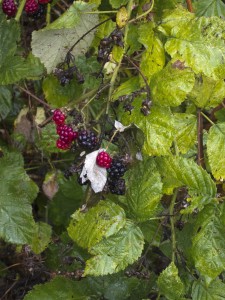 I immediately told Angus that I’d be interested in heading up the restoration and management of the arboretum. We could, I suggested, encourage volunteers, community groups, conservationists and youth organisations to come together to help restore and manage it. We could create a community ‘forest centre’ that would provide a focal point for a huge range of outdoor activities.
I immediately told Angus that I’d be interested in heading up the restoration and management of the arboretum. We could, I suggested, encourage volunteers, community groups, conservationists and youth organisations to come together to help restore and manage it. We could create a community ‘forest centre’ that would provide a focal point for a huge range of outdoor activities.
My relentless enthusiasm must have been infectious because Angus immediately agreed to the plans, and before I knew it I was standing in the wood itself. The 20 acre site clearly hadn’t been looked after for years; laurel and brambles had grown rampant, dead branches lay strewn across paths and some areas were so densely overgrown they were completely impenetrable. But it was so beautiful and wild and ungoverned, and so ripe with potential, that I fell instantly, wholeheartedly in love with it. If I’d known then how challenging and exhausting it would be to realise that potential, I might have had second thoughts. But in that moment, standing alone among the trees, I knew this would be the start of something fantastic.
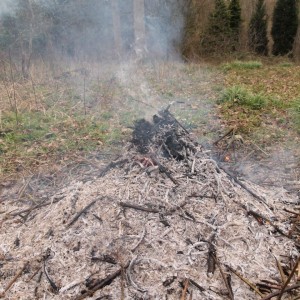 Almost one year on, I have registered the project as a Community Interest Company, gained funding to run volunteer conservation days throughout the year, created a simple website, and worked with local community groups to get them involved with various activities in the woods. The Avon Bat Group have put up bat boxes, volunteers have cleared huge areas of bramble with hand tools, we have a simple compost toilet available to visitors, and we are beginning to document the trees and photograph the woods throughout the seasons. And there are a lot more plans in the pipeline too - we keep learning, we keep discovering, we keep developing and sharing our sense of wonder with everyone involved in the project.
Almost one year on, I have registered the project as a Community Interest Company, gained funding to run volunteer conservation days throughout the year, created a simple website, and worked with local community groups to get them involved with various activities in the woods. The Avon Bat Group have put up bat boxes, volunteers have cleared huge areas of bramble with hand tools, we have a simple compost toilet available to visitors, and we are beginning to document the trees and photograph the woods throughout the seasons. And there are a lot more plans in the pipeline too - we keep learning, we keep discovering, we keep developing and sharing our sense of wonder with everyone involved in the project.
For more information on how we are doing, or to join in with our conservation days, visit the website www.tortwortharboretum.org.
Comments are closed for this post.
